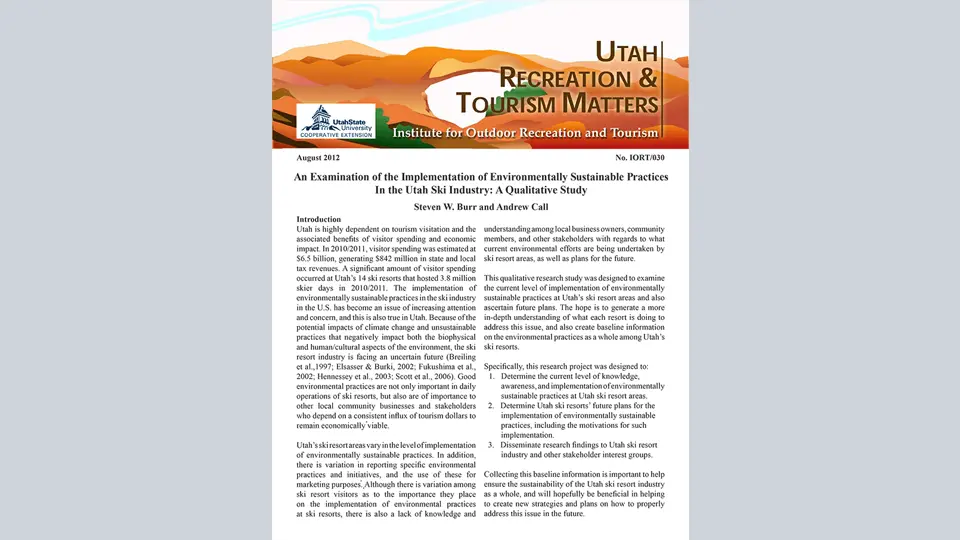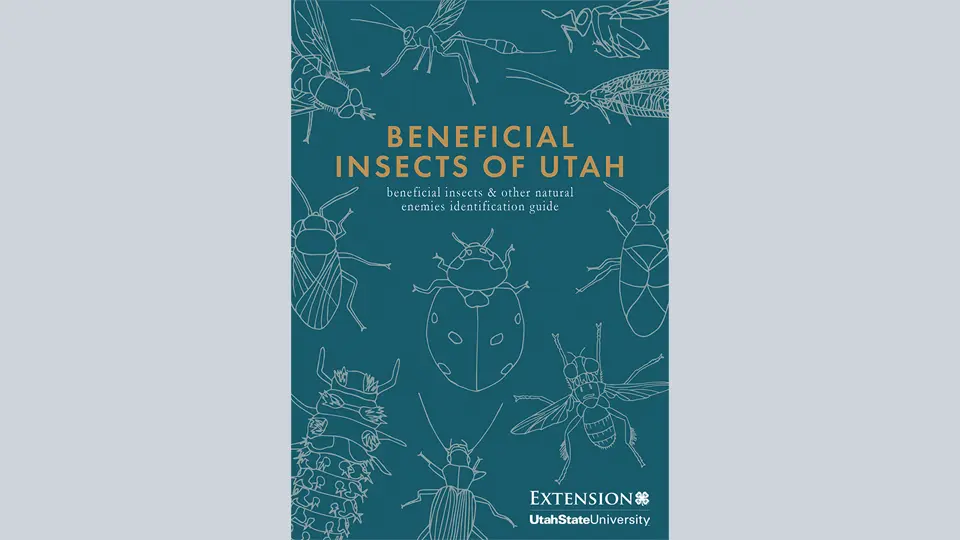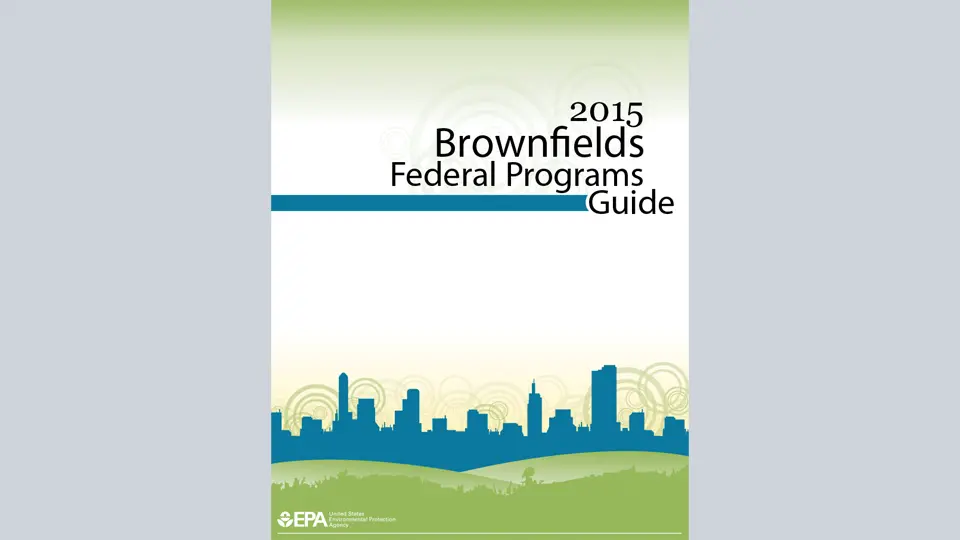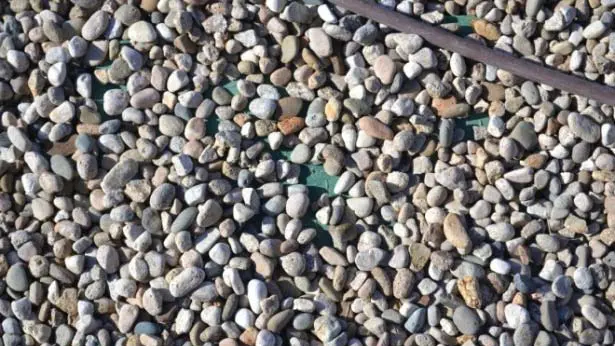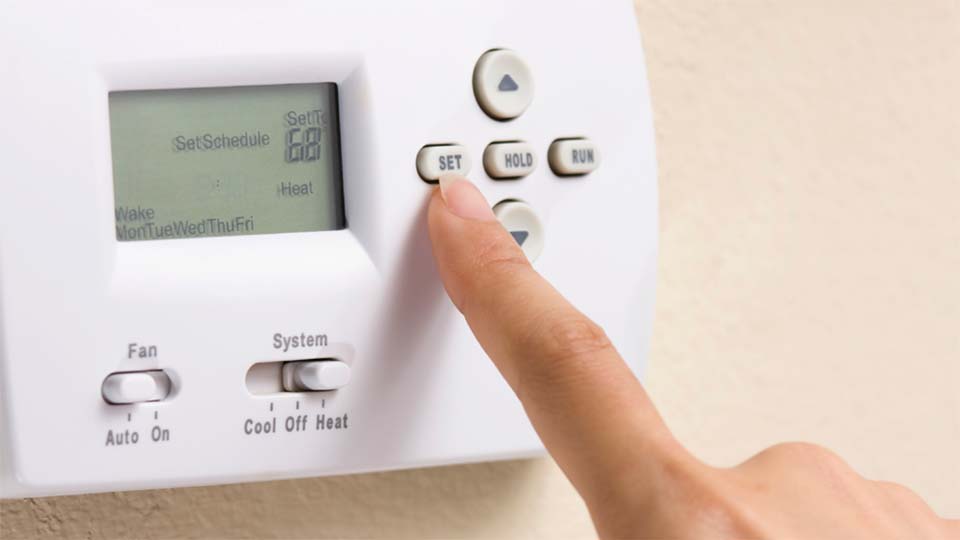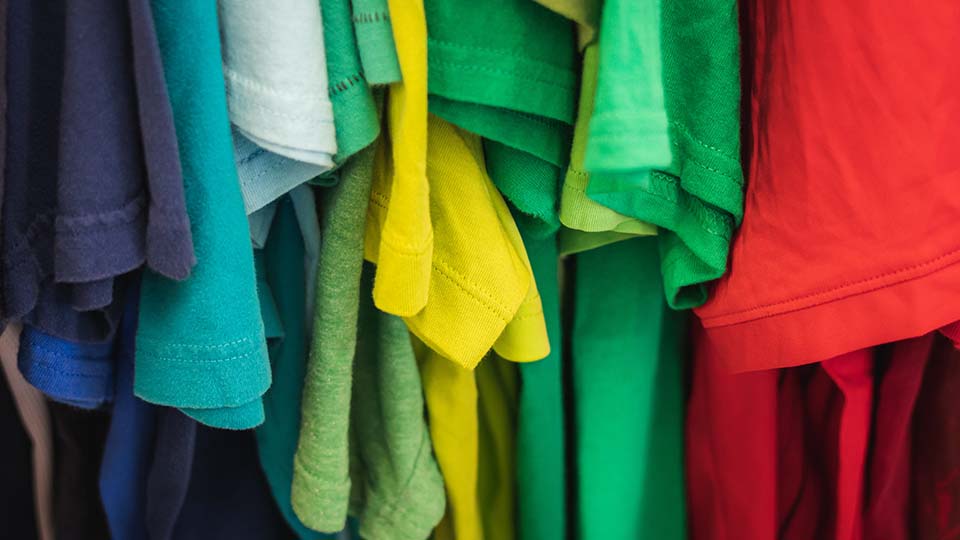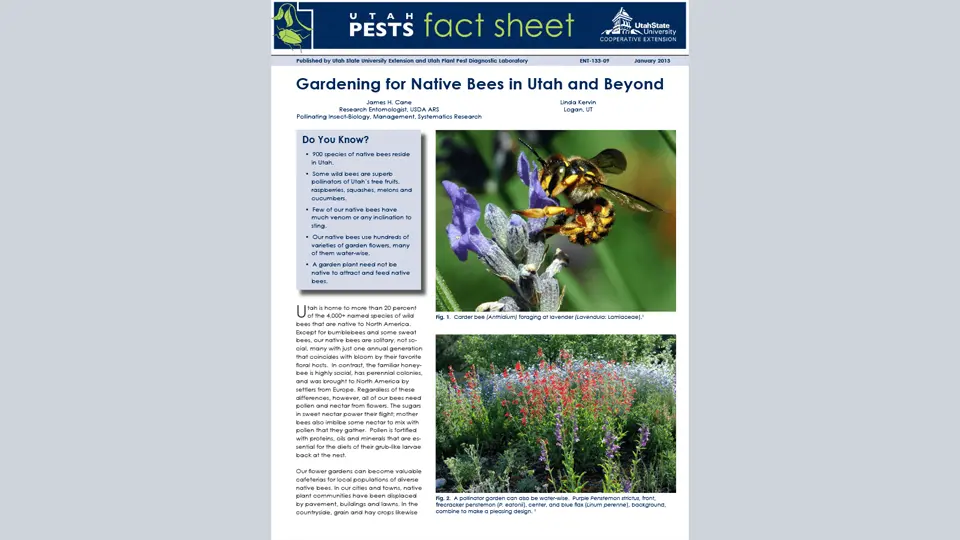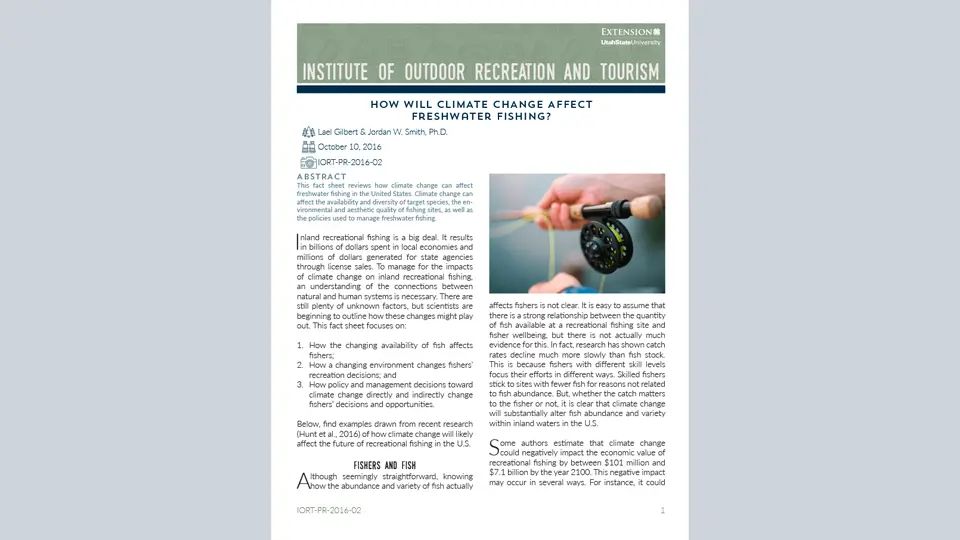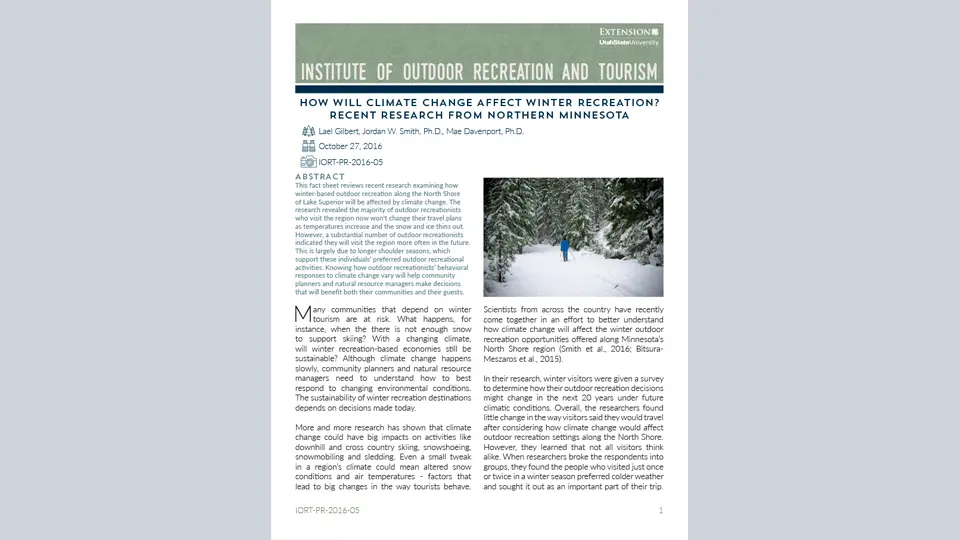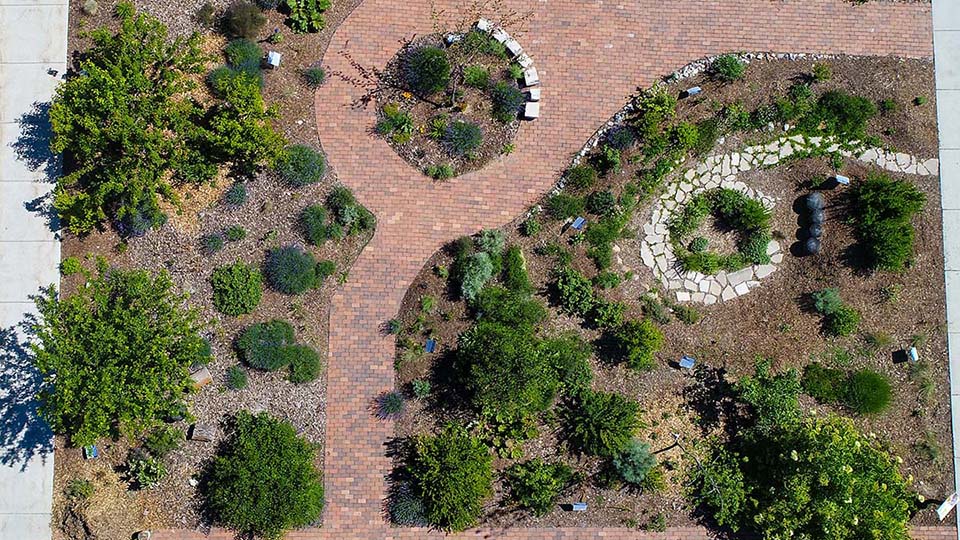Reducing the Risk of Birds Colliding into Windows: A Practical Guide for Homes and Businesses
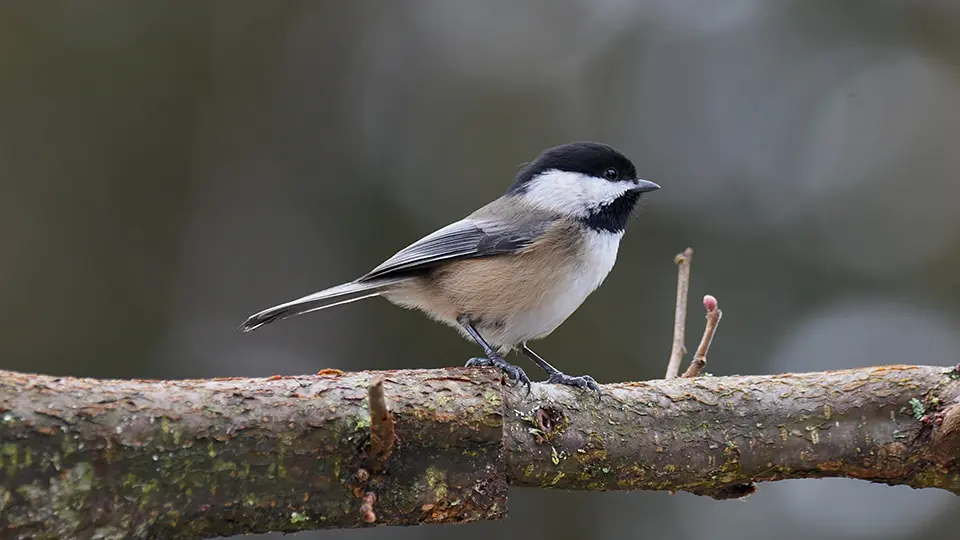
What is the problem?
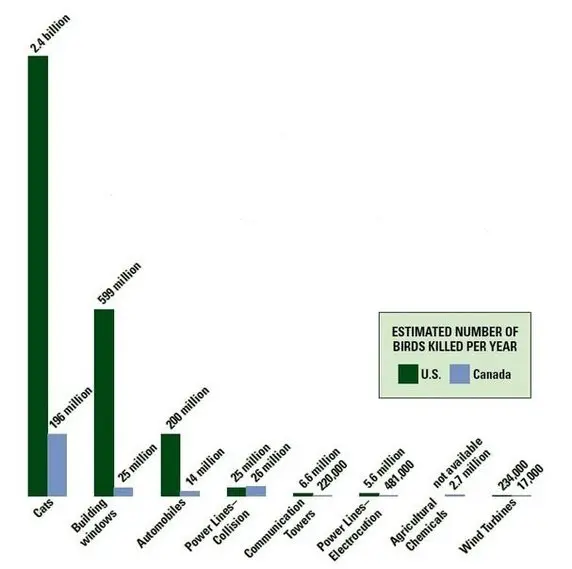
Every year in the United States alone, it is estimated that as a many as 599 million birds are killed because they fly into a glass window; some researchers estimate the number may be as high as 988 million. This is approximately 10 percent of the bird population in the country. Single family homes and low-rise business buildings (Figure 1) may actually pose higher window collision risks for birds than taller skyscrapers. Overall, collisions with windows constitute the second-highest source of annual mortality in birds.
Why do birds collide with window?
Birds don’t see windows the same way humans do. To a bird, a transparent window is simply a big open space to fly through, or reflections in the window may show more areas of open sky, trees, and grass. Sometimes during the breeding season, males will fight with their reflection in the window thinking that it’s another male intruding on its territory. In some cases, birds will keep trying to fly through the window or fight the intruder for so long that they simply fall to the ground, exhausted.
This problem can be made worse if trees bearing ripe berries are situated close to windows. Birds will often gather in these trees to feast on the berries. When a predator appears, huge flocks can be scared, flying into the windows, thinking that the transparency or reflections of trees and sky offers escape (Figure 2).
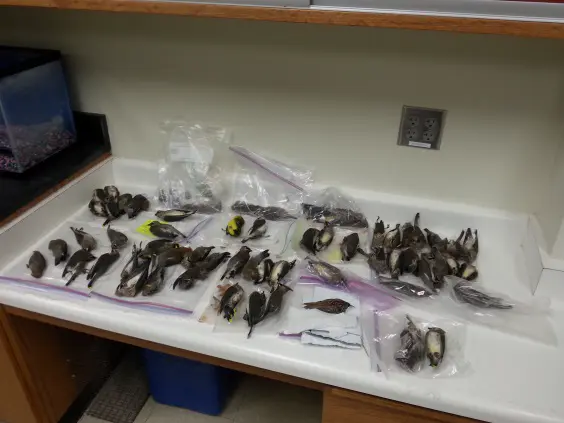
During migration season (spring and fall), many birds use the night stars and moon to help them navigate and find their way to their final destination. Unfortunately, because of this navigation strategy, dense urban areas with lighted buildings can cause birds to go off course, luring them in. Birds may die by colliding with these lighted structures or by the exhaustion of trying to reach the light source. Birds that are lured in at night and survive until daybreak still face the challenge of navigating a window-filled maze of buildings and other structures during the day. Additionally, because birds see at a higher fps (frames per second) rate than humans, many lowfrequency, human-made light sources are seen as constantly flickering by birds, causing them to become disorientated, confused, and stressed.
What windows pose the greatest risks?
Certain types of windows can increase the threat to birds. Windows that are angled upward (and consequently reflect the open, blue sky and tall trees) pose a consistent threat. Conversely, those windows that are darkly tinted reflect the surrounding environments extremely well, making it hard for birds to realize that the window is a hard, impenetrable surface. Additionally, large windows that face east/west may strongly reflect the sunrise/sunset, again posing a problem for the birds.
What can you do to reduce the risk?
Simple Solutions
Some simple solutions for preventing consist of being aware of your yard’s landscaping, especially if you like to feed birds. Trees situated very close to windows (< 3 ft. away) do not let birds build up too much speed before they collide, but trees at the right (or wrong) distance let birds reach up 30 mph before they collide with the windows. .Consider putting feeders/birdbaths closer than 3 feet to a window or greater than 30 feet away. Or, put feeders/birdbaths next to windows that have screens in front of them or have a good amount of vegetation in front of them. And, during migration (April - June, August - November) try to turn outside lights off and close the drapes/blinds during the night to prevent luring birds in with dazzling lights, especially if you live in a more urban area. This has been found to reduce collisions up to 80 percent for some buildings.
Remedial Measures
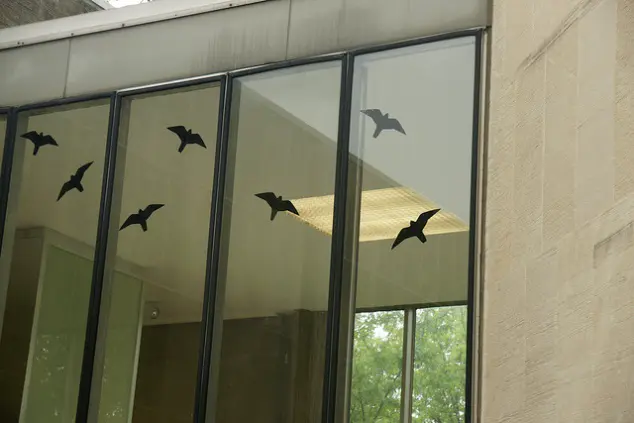
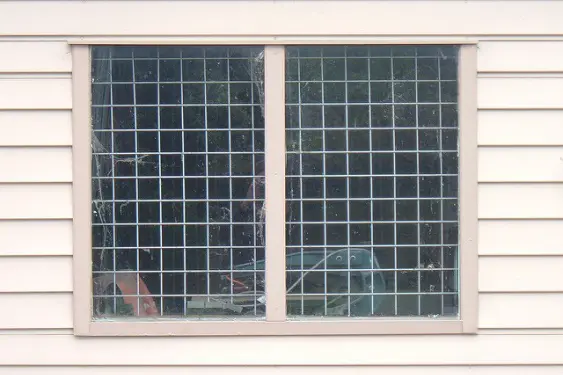
There is a range of minor modifications that can be made to windows if bird collisions are a consistent problem.
Screens
Fitting traditional screens to problem windows may help reduce the problem by a) breaking up the reflection of the window and, b) softening the impact on the bird. More specialized screens are also available (http://www.birdwatchingdaily.com/featuredstories/15-products-that-prevent-windowsstrikes/).
Break up large space
One or two window decals will not do enough to break up reflections from windows. Various “bird string” products use nylon cords and similar materials to break up reflections. Similarly, different “bird tapes” can actually be placed directly in the glass in rows 2 inches apart and columns 4 inches apart to perform the same function.
UV marking patterns on windows
Ultraviolet (UV) patterns also provide another aesthetically pleasing option to reduce the probability of collision. Options range from UV stickers to using UV liquid pens to draw grids on problem windows. Birds can see in the UV spectrum, which is invisible to the human eye, thus patterns utilizing this technology may be appealing to you. However, certain UV patterns may need to be replaced from time to time as the UV “glow” may wear out.
Window films and patterns
Many film patterns and similar options are available, ranging from simple to stylish and artistic. Most of these solutions have a transparent side and reflective side, with the reflective side to be placed facing outside. In all cases, it is important that the pattern contrast well against the window and be at least 1/8 inch wide. Also, ensure that you use enough film or patterns to fill the window. If there is a large space showing on the window, it may still be enough to attract or confuse a bird into colliding with the window.
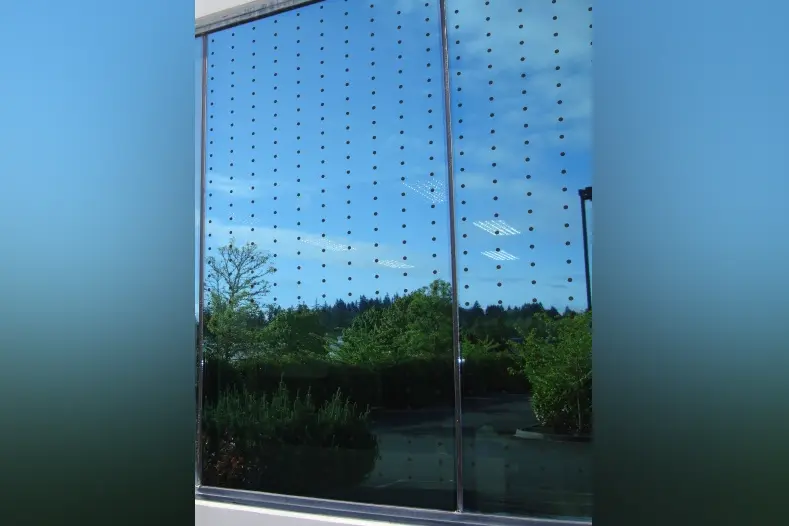
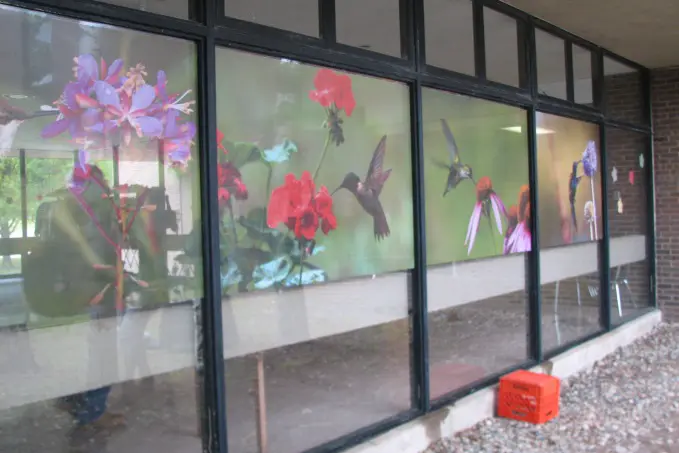
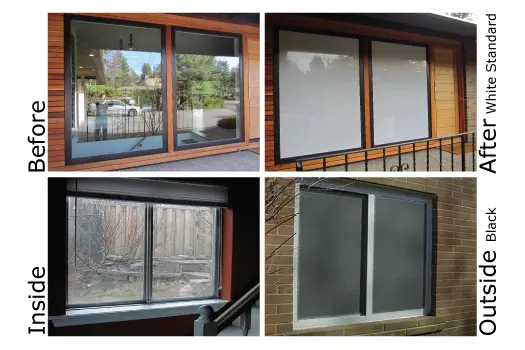
Deterrents
Using bird deterrents such as hawk silhouettes or plastic owls to keep birds away from the area will not be effective. Birds will be accustomed to the object and lose fear of the object. Additionally, the reflective qualities of the window will still be there.
Major Modification/Construction
If simple remedial measures do not work, it may be time to consider more drastic options. Some windows may need to be replaced with more specialized window panes. Companies have developed permanently UV-treated windows with frosted patterns only the birds can see. These windows are available for new construction projects or as replacements. These windows are reported to deter most birds (http://www.ornilux.com/development--- testing.html). Additionally, constructing some overhangs may provide shading that will help reduce glare.
Landscaping
It is good to keep these things in mind when it comes to new construction/additions and landscaping. Junipers, dogwoods, crabapple trees, and any other tree that produces small berries can attract many songbirds with their fruit. In order to prevent window collisions, try not to landscape with these trees, or, at least place them far enough away from windows where they will not be a problem. When expanding or modifying the house, be aware of the orientation of new windows, their distance to vegetation, and how these may impact reflections the birds see.
Help Injured Birds
If a bird has hit your window and is seriously injured, place it in a covered box with a towel at the bottom. You may place the box over a heating element set on low. Keep it in a dark, quiet place. If, after an hour, the bird is alert and able to fly, release it. Otherwise, take it to your local Wildlife Rescue Center or contact your local Utah Division of Wildlife Resources Office.
References
- http://audubonportland.org/issues/hazards/buildings/lo Accessed October 19, 2016.
- http://www.birdwatchingdaily.com/featured-stories/15-products-that-prevent-windows-strikes/ Accessed (Sept 12 2016).
- http://wildaboututah.org/tag/bird-strikes/ Accessed (Sept 12 2016).
- https://www.sciencenews.org/article/windows-may-kill-988-million-birds-year-united-states Accessed (Sept 12 2016).
- http://www.ornilux.com/development---testing.html Accessed October 19, 2016.
- https://www.avma.org/KB/Resources/Statistics/Pages/Market-research-statistics-US-pet-ownership.aspx Accessed October 19, 2016
- http://www.collidescape.org/ Accessed September 12, 2016.
- Loss, S. R., Will, T., Loss, S. S., & Marra, P. P. (2014). Bird-building collisions in the United States: Estimates of annual mortality and species vulnerability. The Condor, 116(1), 8-23.
- Loss, S. R., Will, T., & Marra, P. P. (2013). The impact of free-ranging domestic cats on wildlife of the United States. Nature communications, 4, 1396.
March 2017
Utah State University Extension
Peer-reviewed fact sheet
Authors
Samuel Cowell, Cameron Dietrich, Kimberly Sullivan, and Terry Messmer
Related Research




